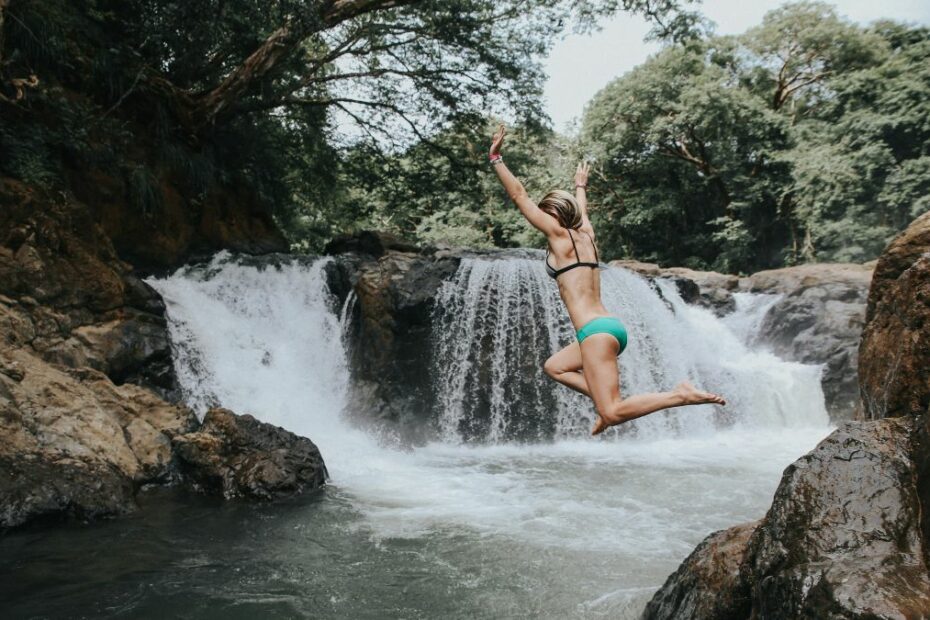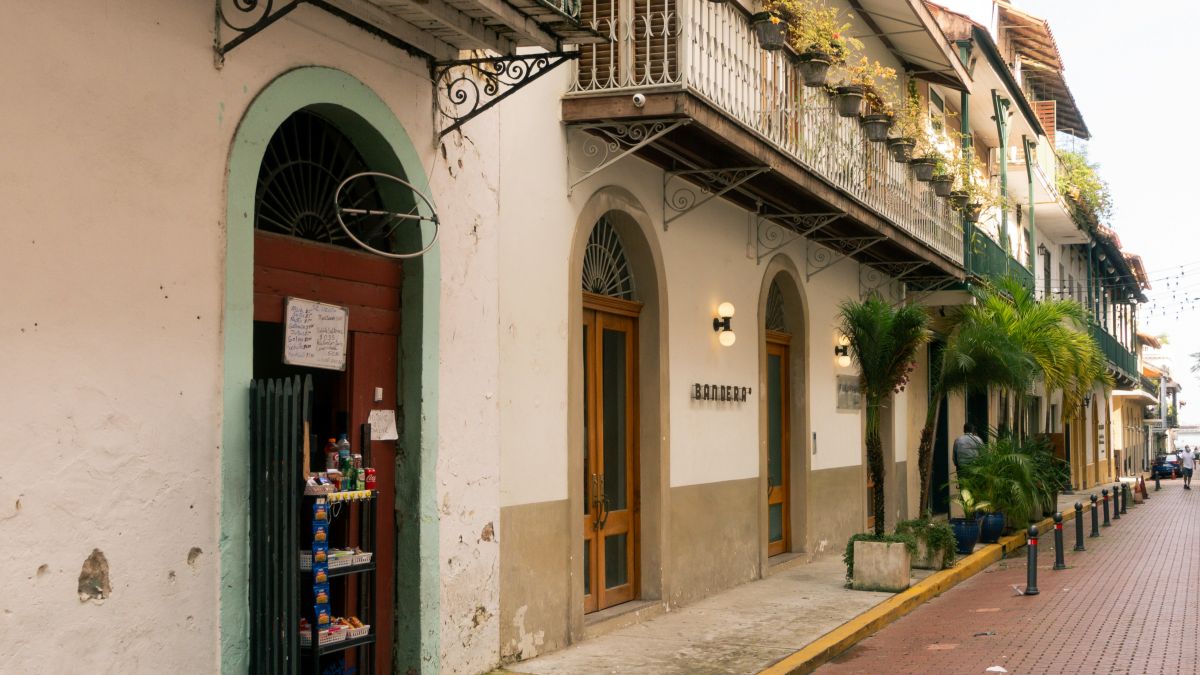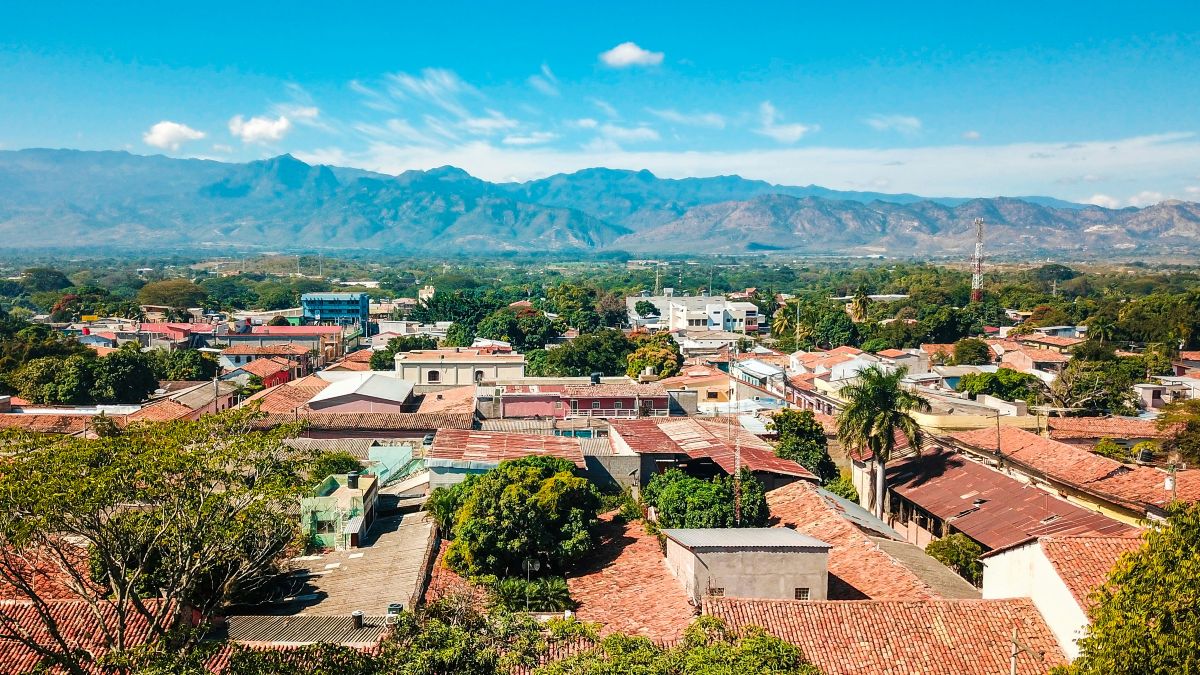Wondering how to maintain your beauty routine in Central America’s tropical climate? This article offers essential tips for keeping your skin glowing and hair manageable while exploring the region. Stay fresh and confident with practical advice on skincare, haircare, and makeup.
Traveling around Central America brings excitement, adventure, and unique beauty challenges. The region’s tropical climate, with high humidity and intense sun, tests your usual skincare and haircare routines. From frizzy hair to melting makeup, you need a fresh approach to look and feel your best while exploring these seven tropical countries.
This guide offers practical solutions for maintaining your beauty regimen as a tourist or expat in Central America. We cover choosing the right sunscreen, managing oily skin in humid conditions, packing smart, using local ingredients, and adapting your routines for different travel styles.
Whether hiking through rainforests, relaxing on beaches, or exploring capital cities and colonial towns, these strategies will help you stay fresh and confident!
View this post on Instagram
Understanding Central America’s Climate and Its Effects on Beauty
Central America’s climate is all about high humidity and intense tropical sunshine. Humidity causes hair to frizz and become unmanageable while making skin feel sticky and prone to excess oil production. Increased oiliness can lead to clogged pores and breakouts, especially if you use heavy skincare products. The strong sun increases the risk of sunburn, premature aging, and skin damage. Proper sun protection is crucial for travelers and expats alike.
The climate varies within the region. Low-lying coastal areas are hot and humid year-round, while inland areas at higher elevations have cooler temperatures. Distinct dry and rainy seasons also impact your beauty needs. In urban areas like Panama City, you’ll find yourself constantly moving between humid outdoor environments and air-conditioned indoor spaces and vehicles. This constant temperature change can dry out your skin and hair, requiring extra hydration.
For beach lovers and water sports enthusiasts, frequent exposure to salt water or chlorinated pools adds complexity. Salt water dries out skin and hair, while chlorine causes discoloration and damage to both.
All these factors require adjusting your usual beauty routine. Lightweight, non-comedogenic products often work better in humid conditions. For hair care, anti-frizz products and protective styles help combat humidity-induced frizz.
Understanding these climate-related beauty challenges is the first step in adapting your routine. Expert aestheticians can guide you through best practices—knowledge you might also acquire with a cosmetology license. Meanwhile, read on for our tips on maintaining healthy skin and hair while enjoying all that Central America offers.
Skincare Essentials for Central American Travel
If you’re from northern climates, your skincare routine needs to adapt to the tropical environment. Start with sunscreen—it’s non-negotiable. Choose a broad-spectrum SPF 30 or higher to protect against both UVA and UVB rays. Apply generously 15 minutes before going outdoors and reapply every two hours, especially after swimming or sweating. Water-resistant formulas are ideal for active days. Sunscreen is prohibitively expensive in Central America, especially the better brands. If you can, bring it with you instead of buying it on the ground.
Opt for lightweight, gel-based moisturizers to keep your skin hydrated without feeling heavy. Look for water-based serums containing hyaluronic acid to maintain skin plumpness and freshness. Avoid thick creams; instead, use light lotions designed for oily or combination skin types.
Cleansing is crucial in humid weather. Use a gentle, non-drying cleanser to remove sweat, oil, and sunscreen buildup. Consider double cleansing in the evening to ensure thorough removal of all impurities.
To combat excess oil, carry blotting papers for quick touch-ups during the day. A clay mask once or twice a week can help control oiliness and unclog pores.
Don’t forget about your lips and eyes. Use a lip balm with SPF and apply a lightweight eye cream to protect these delicate areas. If you experience heat rash, apply aloe vera gel to soothe the skin. It’s also great for mild sunburns.
Haircare in High Humidity
Taming your hair in Central America’s humidity is challenging but not impossible. Start by switching to a sulfate-free shampoo and conditioner. These products are gentler on your hair and less likely to strip natural oils, which can lead to frizz. Anti-frizz serums are your new best friend. Apply a small amount to damp hair before styling. Look for products containing silicone or argan oil, which create a barrier against humidity.
Consider protective hairstyles that keep your hair off your face and neck. Braids, buns, or ponytails can help manage frizz and keep you cool. If you have curly hair, try the “pineapple” method—gathering your hair loosely on top of your head—to preserve your curls overnight.
Deep conditioning treatments are essential. Use a hair mask once a week to replenish moisture and strengthen your strands against the humid conditions. For those with straight hair, a leave-in conditioner can help smooth the cuticle and prevent frizz. If you use heat styling tools, apply a heat protectant first and consider lowering the temperature to minimize damage. Dry shampoo can be a lifesaver on humid days. It absorbs excess oil and adds volume to limp hair. Just be sure to brush it out thoroughly to avoid product buildup.
And don’t forget about scalp care. The humid climate can lead to a sweaty, itchy scalp. Use a clarifying shampoo once a week to remove buildup and keep your scalp healthy. Be patient with your hair. It may take some time to find the right combination of products and techniques that work for you in this new climate.
View this post on Instagram
Makeup That Lasts in Tropical Weather
Applying makeup while traveling in Central America’s humid, tropical climate requires a strategic approach. The key is to use products that can withstand heat and moisture without melting or smudging. Start with a mattifying primer to control shine and create a smooth base for your makeup. Look for oil-free, water-resistant formulas that help your makeup adhere better to your skin.
For foundation, opt for lightweight, long-wear formulas. Tinted moisturizers or BB creams with SPF are excellent choices as they provide coverage without feeling heavy. If you prefer more coverage, choose a waterproof foundation. Set your makeup with a translucent powder or setting spray. These products help lock your makeup in place and control excess oil throughout the day. Carry blotting papers for quick touch-ups.
When it comes to eye makeup, waterproof mascara and eyeliner are essential. They resist smudging from sweat and humidity. Cream eyeshadows often stay put better than powder formulas in humid conditions. For cheeks and lips, cream or gel-based products tend to last longer than powder. Opt for lip stains or long-wearing lipsticks instead of glosses, which can melt in the heat.
The most important thing to remember is that less is more in the tropics. Embrace a natural look with minimal makeup to avoid feeling uncomfortable or looking overdone in the heat.
Natural and DIY Beauty Solutions
Central America’s rich biodiversity offers many natural ingredients for your beauty routine. These DIY solutions can be both effective and budget-friendly. Aloe vera, for example, is a versatile ingredient widely available in the region. You’ll see plants everywhere. Use fresh aloe gel to soothe sunburns, hydrate skin, and even tame frizzy hair. It’s a great natural moisturizer for both skin and hair.
Coconut oil, abundant in Central America, is an excellent multi-use product. Use it as a deep hair conditioner, makeup remover, or body moisturizer. It’s particularly effective for dry skin and hair. For a refreshing face mask, mix honey with a bit of water or yogurt. Honey has natural antibacterial properties and can help clear up acne while leaving your skin soft and glowing.
Green tea bags can reduce puffiness around the eyes. Brew the tea, let the bags cool, then place them over your eyes for 10 minutes to refresh tired-looking eyes. To combat insect bites naturally, use essential oils like citronella, eucalyptus, or lavender as repellents. Dilute them in carrier oils for safe application on your skin. For a natural body scrub, mix brown sugar with coconut oil. This exfoliating treatment helps remove dead skin cells and leaves your skin feeling smooth.
When dealing with frizzy hair, try a banana and avocado hair mask. Mash these fruits together and apply to your hair for 30 minutes before washing out. This treatment provides intense moisture and helps control frizz. Remember to patch-test any new natural ingredients on a small area of skin first to ensure you don’t have any adverse reactions.
View this post on Instagram
Packing Smart: Beauty Essentials for Central American Travel
Packing for Central America requires careful consideration of your beauty essentials. The goal is to have everything you need without overloading your luggage. Start with multi-use products to save space. For example, a tinted moisturizer with SPF can serve as your foundation, sunscreen, and hydrator. A lip and cheek tint can double as both blush and lipstick.
Opt for travel-sized versions of your must-have products. Mini moisturizers, cleansers, and serums take up less space and comply with airline regulations for carry-on liquids.
As mentioned above, sunscreen is non-negotiable, and you’re better off bringing it with you rather than buying it on the ground. Pack a travel-friendly sunscreen stick for easy application and reapplication throughout the day.
For hair care, bring a small bottle of leave-in conditioner or anti-frizz serum. These will help manage humidity-induced frizz without taking up much space.
And on’t forget blotting papers. They’re lightweight, compact, and perfect for managing excess oil in humid conditions. Consider solid beauty products like shampoo bars or solid perfumes. They’re spill-proof and often last longer than their liquid counterparts. Pack a few resealable plastic bags. They’re useful for storing damp swimsuits or separating liquids in your luggage. Remember to include any medication you might need, including treatments for upset stomach or motion sickness.
Lastly, consider eco-friendly options like reef-safe sunscreen and biodegradable wipes to minimize your environmental impact while traveling.
View this post on Instagram
Health and Safety Considerations
Maintaining your health is crucial when adapting your beauty routine in Central America. The tropical climate can pose several risks, including heat-related illnesses and waterborne diseases.
Stay hydrated by drinking plenty of water throughout the day. Dehydration can affect your skin’s appearance and overall health. Carry a reusable water bottle and refill it regularly. Be mindful of the water quality. In some areas, tap water may not be safe for drinking or even brushing your teeth. Use bottled or filtered water to avoid gastrointestinal issues.
Sun protection is vital. Overexposure to the sun can lead to sunburn, heat exhaustion, or heat stroke. In addition to wearing sunscreen, seek shade during peak sun hours (10:00 am to 3:00 pm), wear a wide-brimmed hat, and use UV-protective clothing.
If you experience any skin reactions or health issues, seek medical advice promptly. Many popular expat and tourist destinations have English-speaking doctors and clinics that can assist you.
Insect bites can cause itching and even spread diseases like dengue or malaria. Use insect repellent, wear long sleeves and pants when necessary, and sleep under a mosquito net if your accommodations don’t have screens.
For those with sensitive skin, perform patch tests when trying new products, especially if they’re locally sourced or made with unfamiliar ingredients.
Protect yourself from dengue fever in Central America. This guide covers symptoms, prevention tips, treatment, and advice for traveling to high-risk areas during the rainy season.https://t.co/tI7nkiwSsa
— Central America Living (@VidaAmerica) May 31, 2024
Adapting Your Routine for Different Travel Styles
Your beauty routine in Central America may vary depending on your travel style and destinations. For backpackers, simplicity is key. Stick to multi-use products and solid toiletries to save space and prevent spills. Dry shampoo and facial cleansing wipes can be lifesavers when facilities are limited.
If you’re staying at resorts or higher-end hotels, you might have more room for a comprehensive routine. Take advantage of air-conditioned rooms to apply makeup or style your hair. Consider bringing a few “going out” items for evenings at restaurants or bars.
City travelers should be prepared for pollution on top of humidity. Use a good cleanser to remove grime at the end of each day. A hydrating face mist can refresh your skin and makeup throughout the day. For beach and jungle adventures, waterproof and sweat-resistant products are essential. Focus on sun protection and after-sun care. A leave-in conditioner can protect your hair from salt water and chlorine.
If you’re moving between different environments, like from coastal areas to cooler highlands, be prepared to adjust your routine. You might need heavier moisturizers at higher altitudes. Flexibility is crucial. Be willing to adapt your routine based on the specific conditions you encounter in each location.
Working with Local Aestheticians
Consulting local beauty professionals can enhance your Central American beauty experience. Local aestheticians understand the specific challenges of the regional climate and can offer tailored advice. They might introduce you to effective local products or techniques you haven’t considered. To find reputable aestheticians, ask for recommendations at your hotel or from expat communities (Facebook groups are a good way to go). Many upscale hotels and resorts have on-site spas with trained professionals.
Consider trying local treatments that use native ingredients. These can be both effective and a unique cultural experience. Services to consider include deep-cleansing facials to combat the effects of humidity and pollution, or hair treatments to manage frizz and damage from sun exposure.
If you’re staying long-term, building a relationship with a local aesthetician can help you maintain your beauty routine effectively in your new environment. Communicate clearly about your skin type, concerns, and any allergies. Even with a language barrier, most professionals can understand basic skincare terms.
Lastly, be open to new approaches. Local beauty practices might differ from what you’re used to but could be perfectly suited to the Central American climate.
Final Thoughts: Looking Your Best in Central America
Maintaining your beauty routine in Central America’s tropical climate is all about adaptation and smart choices. By understanding the environmental challenges, choosing appropriate products, and being flexible in your approach, you can keep your skin glowing and your hair manageable.
Remember that your natural beauty shines through when you’re enjoying your travels. Don’t stress too much about maintaining a perfect appearance. Instead, focus on protecting your skin, staying comfortable, and embracing the occasional bad hair day as part of the adventure.
With these tips and strategies, you’re well-equipped to look and feel your best while exploring all that Central America has to offer.



